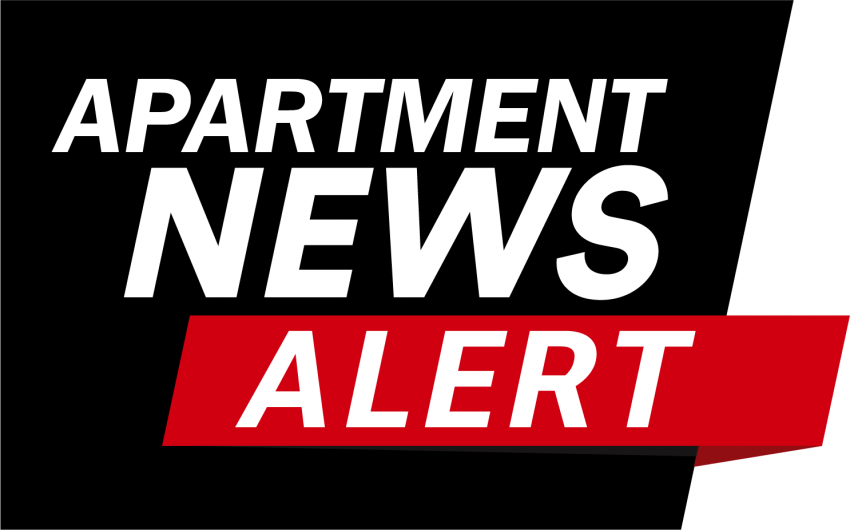
Governor Signs Assembly Bill 3088, the “Tenant, Homeowner, and Small Landlord Relief and Stabilization Act of 2020”
Bill Passed by Overwhelming Majority, Bipartisan Vote in Both the Assembly (59-9) and Senate (33-2)
As anticipated, late Monday night, Assembly Bill 3088, the “Tenant, Homeowner, and Small Landlord Relief and Stabilization Act of 2020” was signed into law by Governor Gavin Newsom and takes effect immediately. The “key” provisions contained in the legislation are described below.


 The bad news: your tenant left owing you money.
The bad news: your tenant left owing you money. You might not allow smoking within your rental units, but what about vaping with e-cigarettes?
You might not allow smoking within your rental units, but what about vaping with e-cigarettes? You did the right thing in collecting a security deposit. But what happens when that deposit isn’t enough to cover damages or unpaid rent?
You did the right thing in collecting a security deposit. But what happens when that deposit isn’t enough to cover damages or unpaid rent? There needs to be methods for creditors to collect debt owed them. Otherwise, they run the risk of going out of business.
There needs to be methods for creditors to collect debt owed them. Otherwise, they run the risk of going out of business. After you move out of your rental, how can you prove the carpet came with stains already on it or that the countertop didn’t get chipped during your stay?
After you move out of your rental, how can you prove the carpet came with stains already on it or that the countertop didn’t get chipped during your stay? Who’s responsible for what in a tenant/landlord relationship?
Who’s responsible for what in a tenant/landlord relationship? Owning snow removal equipment is practically a basic need in a snowy climate. And in many communities, snow removal is mandatory.
Owning snow removal equipment is practically a basic need in a snowy climate. And in many communities, snow removal is mandatory. When it comes to paying the rent on time, all methods are not created equally.
When it comes to paying the rent on time, all methods are not created equally. When I became an accidental landlord in 2011, all I knew for sure was that I needed a tenant, and fast.
When I became an accidental landlord in 2011, all I knew for sure was that I needed a tenant, and fast.

